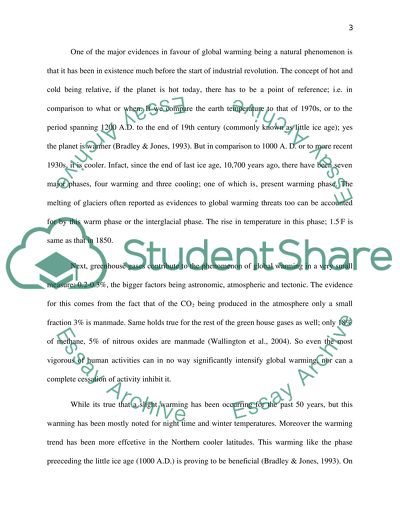Cite this document
(“Argumentive Thesis Example | Topics and Well Written Essays - 1500 words”, n.d.)
Retrieved from https://studentshare.org/finance-accounting/1407263-argumentive-thesis
Retrieved from https://studentshare.org/finance-accounting/1407263-argumentive-thesis
(Argumentive Thesis Example | Topics and Well Written Essays - 1500 Words)
https://studentshare.org/finance-accounting/1407263-argumentive-thesis.
https://studentshare.org/finance-accounting/1407263-argumentive-thesis.
“Argumentive Thesis Example | Topics and Well Written Essays - 1500 Words”, n.d. https://studentshare.org/finance-accounting/1407263-argumentive-thesis.


